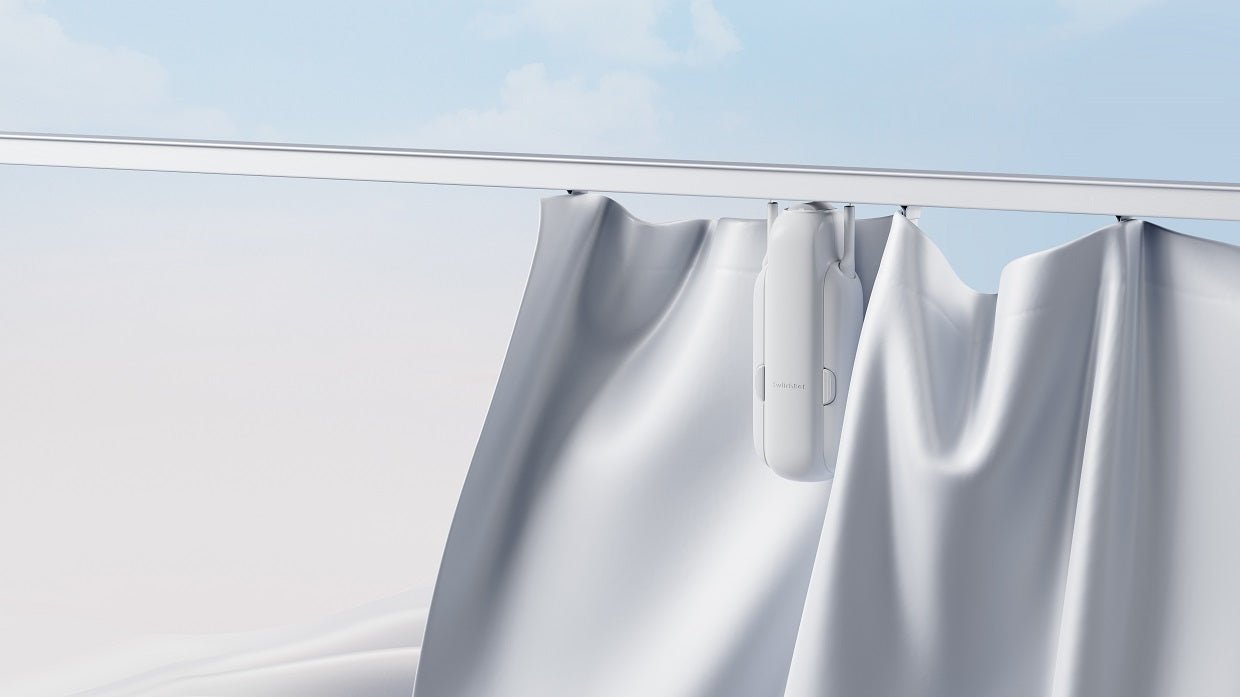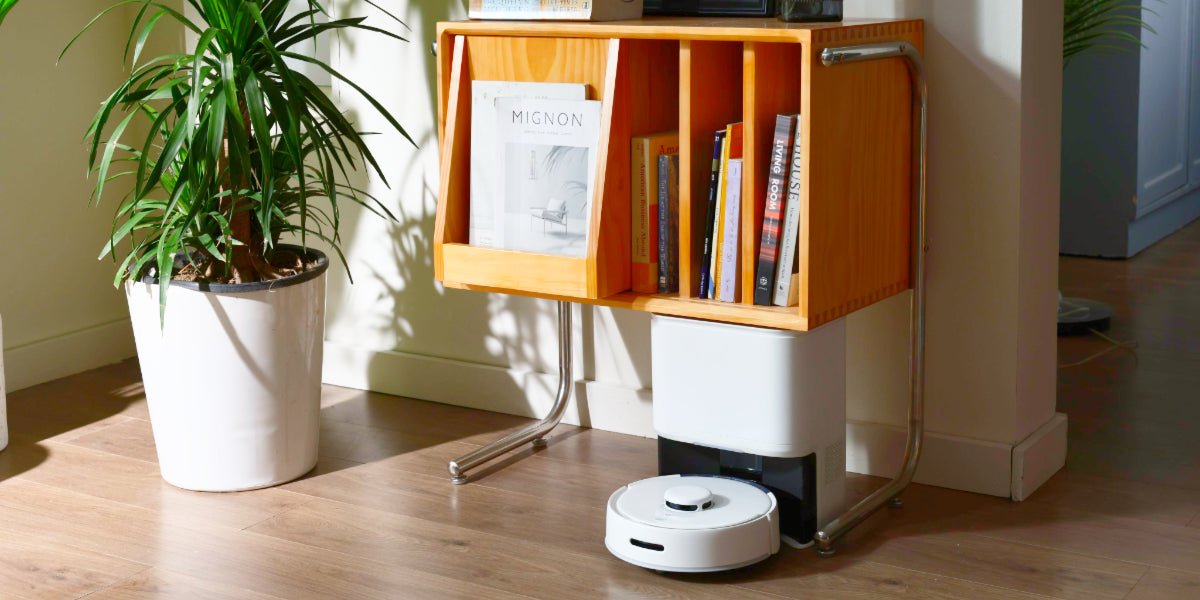How Smart Digital Locks Are Revolutionizing Access Control
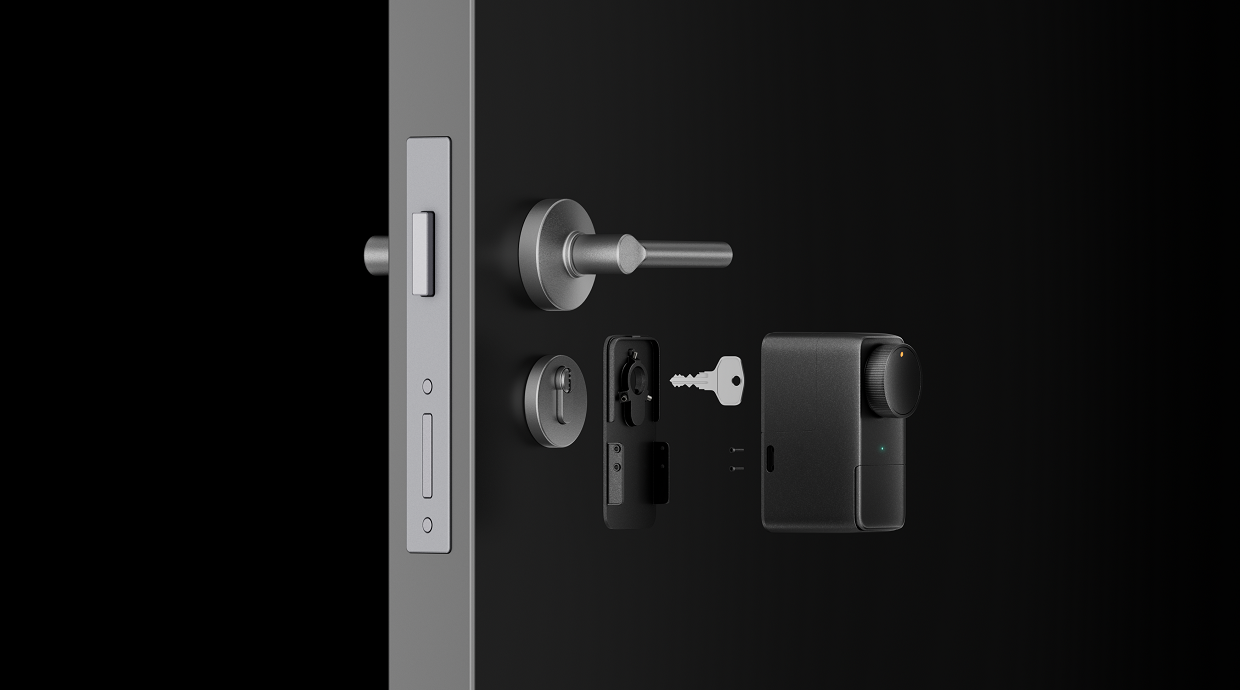
Smart Digital Locks are changing the access control industry with their advanced features, such as activity tracking and remote access. Physical access control, especially in homes, is crucial for safeguarding your safety and privacy. In this article, we’ll cover the basics of smart locks, their applications, and debunk common misconceptions surrounding them.
Overview
About traditional access control systems
Let’s start by defining traditional access control, also known as physical access control.
A physical access control’s main purpose is to create a barrier that prevents (or at least makes it difficult) for unauthorized people or criminals from entering any physical space—your home, your office building, your small shop, and whatnot. By monitoring and restricting who goes inside a space, physical access control systems ensure a secure environment for everyone.
This system can take different forms. Some of the common ones include the following:
- Physical Lock and Key: Using a physical lock and key is one of the oldest methods for securing a door. It’s easy to use, but it has a few downsides. There’s a possibility that the keys can be duplicated, lost, or stolen, which poses a great security risk. Locksmiths could also charge hundreds of dollars to rekey affected locks.
- Magnetic Stripe Key Card: The magnetic stripe key card is an ATM-like plastic card that’s commonly used in hotels for guests to access their rooms. The magnetic stripe on its back is for storing data.
- Swipe Card: Swipe cards use magnetic stripe technology to store digital data and grant access to secured areas. Unlike magnetic key cards, these cards work by tapping or swiping them through a card reader.
- Proximity Credential Card: Proximity credential cards, also called prox cards, are “contactless” door access cards. This means they don’t require any form of physical contact with a reader for authentication. They work by using radio frequency identification (RFID) to grant access when they’re near a compatible reader.
- Smart Card: This card consists of an embedded microprocessor chip that’s capable of processing data and performing other tasks, including authentication, secure transactions, and storing and processing data. Compared to a prox card, a smart card is more secure, has a higher memory capacity, and is useful for various applications.
While traditional access control systems have their advantages, they also have their limitations and challenges. It’s easy for anyone to lose or misplace them, which will cause security concerns. Physical keys are inconvenient to carry with you. Door access cards make it difficult to verify the identity of the cardholder. This could potentially allow unauthorized individuals to gain entry to a home or commercial space.
The rise of smart digital locks
The mid-2010s saw the rise of a cloud-based access control system—the Smart Digital Locks. A smart lock is designed to fit over your current deadbolt or completely replace it, so you can unlock and lock your door using keyless methods. The emergence of this modern innovation has significantly changed how homes and businesses keep their doors secure today.
These are the key features of Smart Digital Locks:
Keyless connectivity
Smart Digital Locks are for people who are tired of fumbling for their keys or trying to remember where they last put them. These locks provide a number of ways to enter your home without requiring a physical key. SwitchBot Lock Pro, for instance, offers 15 convenient methods of unlocking your door:
- Apple watch
- Bluetooth
- Fingerprints
- iOS widgets
- NFC cards
- NFC tags
- One-time passcode
- Passcodes
- Passcode sharing
- Physical remote
- Remote unlock
- Timed fingerprints
- Timed passcodes
- Voice control
- Original key
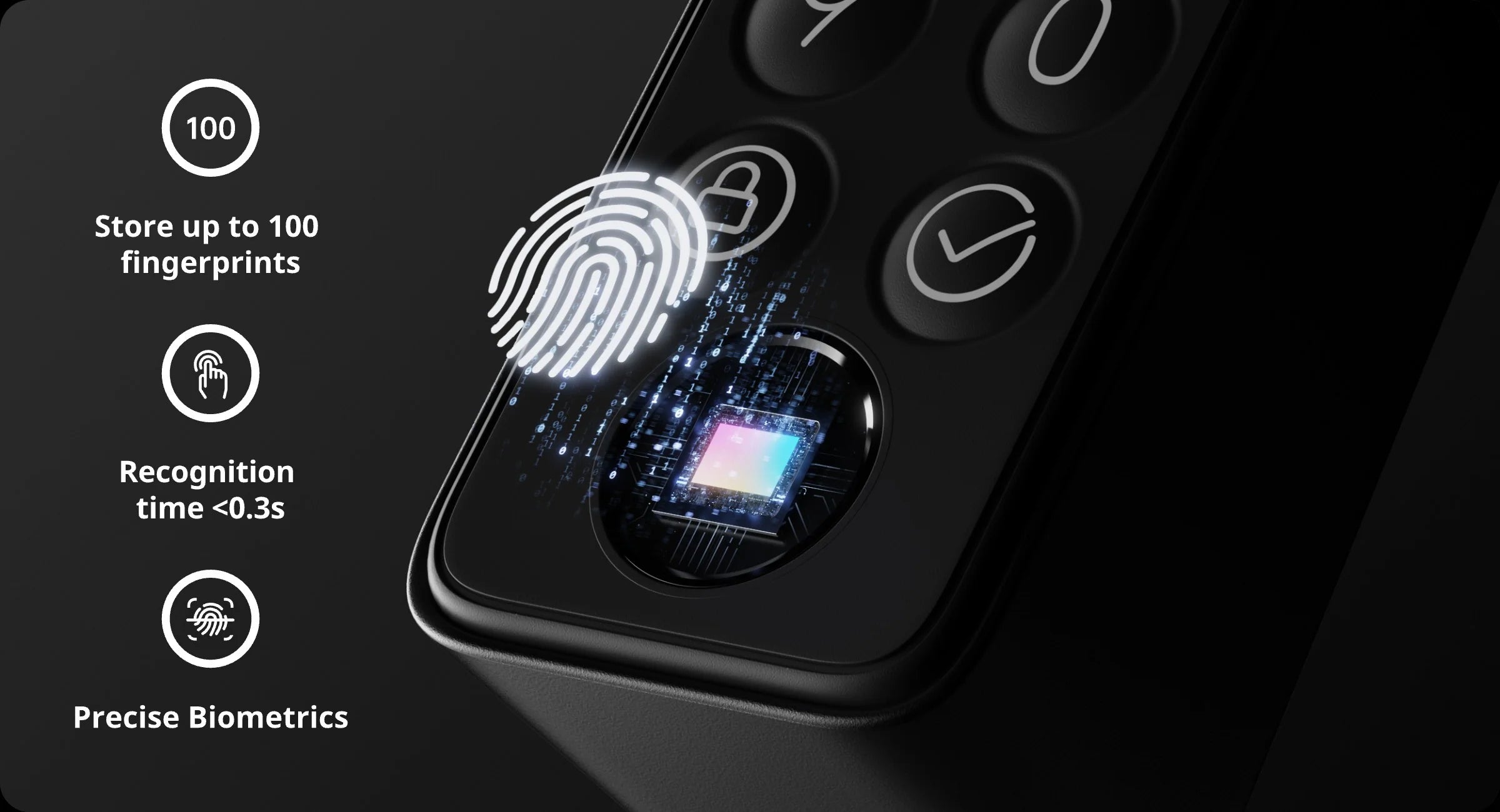
Remote access control
Most Smart Digital Locks come with apps for Android and iOS. These apps allow you to control your door from far away, monitor who goes in and out of your home, and send you notifications about any activity. This way, you can unlock your home for family and friends while you’re enjoying your mini vacation or verify that you locked your doors when you’re already in bed or commuting.
SwitchBot lets you use your smartwatch to quickly unlock your door. It also has an auto-lock feature to ensure your door is locked when you leave your home. If you forget to lock your door, it can remind you to close it to make sure your home is kept secure.
One-time or temporary access
These days, burglars are experts at finding where people usually hide their house keys. So, forget about putting them under a doormat, flower pot, or fake rock. With Smart Digital Locks, you can generate multiple access codes for other people to allow for secure and time-limited access to your home.
Battery power operation
Most smart door locks get their power from batteries, so you don’t need to worry about power outages. Depending on the model and how you use them, some are able to last for months or even years. Other smart locks, such as SwitchBot Lock Pro, can use their backup power source to open your door in case their battery is running low.
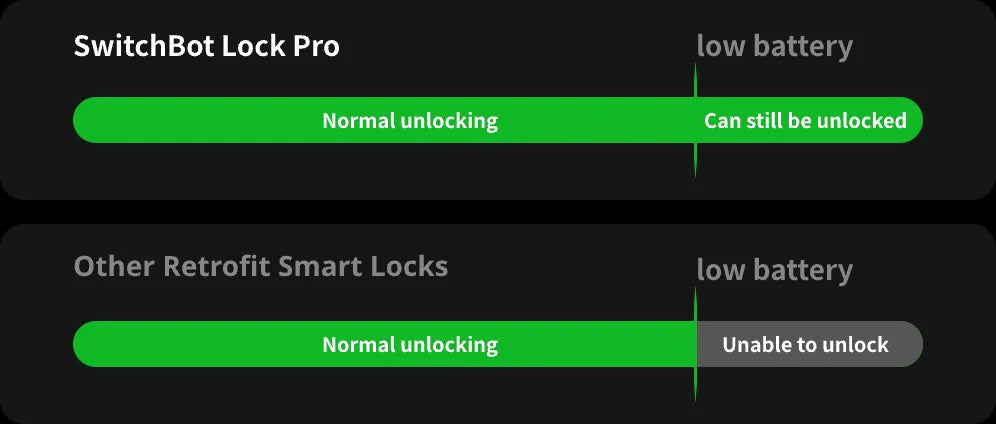
Comparing smart digital locks with traditional control systems
The most glaring difference between Smart Digital Locks and traditional control systems is how they operate. Most traditional access control systems, such as key cards and mechanical keys, require the user to insert, swipe, or tap in order to lock or unlock doors. Smart locks, on the other hand, offer multiple methods to control doors from any place with an internet connection.
In addition, Smart Digital Locks can assign temporary or one-time access codes. This feature comes in handy in many situations, like when you have a package due for delivery, a family member is stopping by to visit, or your pet sitter is coming over to take care of your furry companion while you're away.
To sum it up, Smart Digital Locks offer convenient and cutting-edge features, such as remote access control and seamless integration with other smart home devices. This makes them more convenient and secure than traditional access control systems.
Smart digital locks: addressing concerns and misconceptions
The biggest concern people have with Smart Digital Locks is the possibility of hacking.
Are these locks completely safe?
The short answer is: Yes and no.
It’s important to keep in mind that there’s no door lock that’s perfect. That includes smart locks.Hackers are getting more sophisticated, especially with the continuous advancement of hacking tools. That’s why most people invest in multiple security devices for their doors.
However, in most situations, smart locks can be safe. Not all burglars are tech-savvy. Most of them would rather use a crowbar to pop open your door.
To lessen the possibility of your Smart Digital Locks getting hacked, here are a few simple steps you can take:
- Buy from an established and trustworthy manufacturer, such as SwitchBot.
- Create a strong password for your smart lock and home Wi-Fi network.
- Make sure your smart lock’s firmware and apps are regularly updated to repair any known security vulnerabilities.
- Use additional verification methods to add an extra layer of security.
- Carefully manage your device’s access credentials to ensure only those you trust can enter your home.
- Check whether the hardware on your door and lock is properly installed and tamper-proof.
So, yes, well-built Smart Digital Locks are usually safe. However, this doesn’t mean they’re completely safe from hacking through Bluetooth, Wi-Fi, or outdated software.
They’ll also keep working even if there’s no electricity because they mostly run on long-lasting batteries. Plus, the great ones come with a passive power supply to make sure you don’t get locked out of your home.
Final thoughts
With growing concerns about home security, Smart Digital Locks are definitely not going anywhere. You can expect the demand for these devices to continue to grow in the coming years.
Compared to their predecessors, they make any home safer because of their advanced and practical security features. They’re also convenient because you can control them from any location and restrict who goes inside your home using diverse access methods.
But in order to maximize their benefits, it’s important not to make decisions too quickly. Selecting the right access control system for your home is a decision that shouldn’t be made lightly. Understand your unique security needs, research available options, and make other important considerations to ensure you make the best choice for your home.
Check SwitchBot Lock Pro compatibility before buying >







